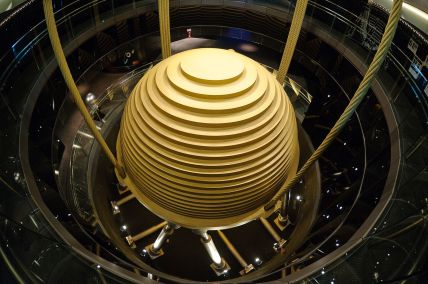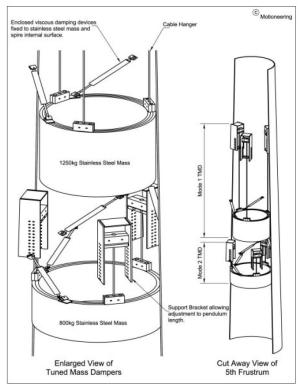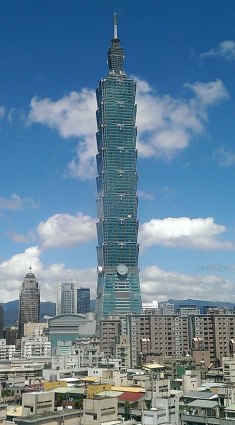
Many simple mechanical systems like springs and pendulums oscillate about a position of equilibrium, their motion being sustained against damping by some forcing mechanism. Thus, the balance wheel of a watch spins back and forth regularly, impelled by a spring. In a quartz watch, a crystal oscillates, with periodic injections of electrical energy to keep it going.
The particular modes of oscillation — called normal modes — characterise the system. If the force that nudges it is carefully tuned, the oscillations can reach large amplitudes. A child on a swing is a familiar example. Another is a wineglass, which, if lightly tapped, will ring with a clear pitch. If subjected to a high-amplitude tone at this pitch, the glass may shatter. This strong response to an external force is called resonance.

Resonance for Good and for Evil
Resonance can be beneficial if controlled. It is critical for the design and performance of most musical instruments, and essential for radio telecommunications, laser physics and many areas of engineering. But resonance can have destructive effects if precautions are not taken to prevent them. One dramatic example of catastrophic structural failure was the collapse of the Tacoma Narrows Suspension Bridge in 1940.
The Spire — or Spire of Light — towers up 120m over Dublin’s O’Connell Street. It was erected in 2003, filling the former site of Nelson’s Pillar. The Spire is simple in appearance, but its design involved some advanced engineering. If unconstrained, wind-induced oscillations of the Spire would have the potential to grow to the point of collapse. As with many mechanical structures, the Spire has normal modes of vibration. If strong winds vary with a period matching a particular mode, the oscillations can grow to destructively large levels.

Theoretical analysis and mathematical modelling during the design phase showed the fundamental oscillation period of the Spire is about 3.6 seconds, with a second mode having a period of about 1.2 seconds. Two tuned mass dampers, each weighing about a tonne, were installed within the Spire to suppress these oscillations. They are like giant pendulums with periods close to the first two resonant modes. The masses dissipate the energy of oscillations, like the shock-absorbers in a car. So far, they have done their work well.
Recently, Taiwan’s tallest skyscraper, the Taipei 101 building, survived an earthquake of magnitude 7.4. The building was designed to withstand violent typhoons with winds of up to 200 km/h, and earthquakes likely within two millennia. The structure incorporates an enormous tuned mass damper, like that in the Spire but on a much grander scale. The damper can reduce oscillations by 50% or more, averting cataclysmic failure. Hanging some 300 metres above ground level, the bob of this pendulum is a massive steel sphere weighing 660 tonnes, orders of magnitude heavier than the dampers in the Spire.
